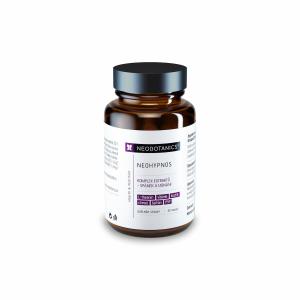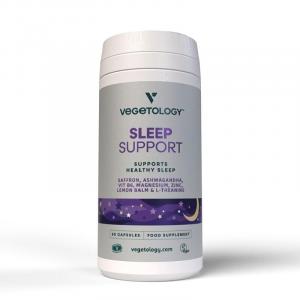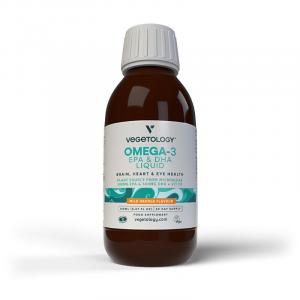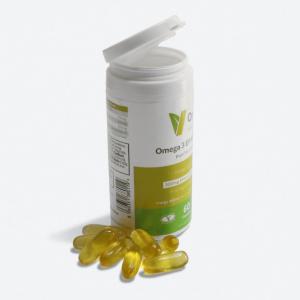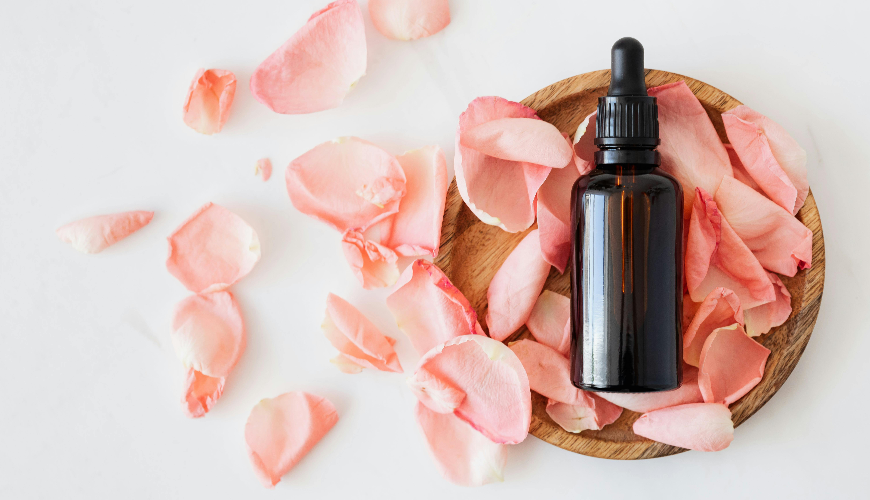
How to Prevent Stabbing Pain in One Spot on the Head?

Causes, Prevention, and Treatment Options for Tingling in One Spot on the Head
Tingling in one spot on the head is a common issue that can be a source of anxiety and discomfort. Many people experience this sensation at least once in their lifetime, and although it may be harmless, it's important to understand the possible causes and know how to respond to it. In this article, we'll look at the most common reasons why tingling in the head occurs, what steps you can take to alleviate it, and when you should consider seeing a doctor.
Causes of Tingling in One Spot on the Head
Tingling in one spot on the head can have various causes, differing in severity and nature. Sometimes, this sensation is caused by entirely normal and temporary factors, while other times it may be a symptom of something more serious.
-
Stress and Anxiety: Stress is one of the most common causes of tingling in one spot on the head. When we are stressed, our body releases hormones that can lead to tension in muscles, including those in the head and neck. This tension can cause a tingling sensation that often concentrates in one area.
-
Fatigue and Lack of Sleep: Lack of sleep can lead to a range of physical symptoms, including pain and tingling in the head. If the body is tired and inadequately rested, it may react more sensitively to various stimuli, which can trigger the feeling of tingling.
Try our natural products
-
Poor Posture: Prolonged sitting at a computer or poor posture can lead to tension in the neck and shoulder muscles. This tension may manifest as pain or tingling in one spot on the head, especially if it persists for a longer period.
-
Migraine: Tingling in one spot on the head can also be a symptom of a migraine, which often manifests as intense, pulsating pain on one side of the head. Migraines can be triggered by various factors, including stress, weather changes, hormonal fluctuations, or certain foods.
-
Dehydration: Lack of fluids can cause a reduction in blood volume, leading to insufficient blood supply to the brain. This can trigger various types of headaches, including tingling in one spot on the head.
-
Excessive Caffeine or Alcohol Consumption: These substances can lead to dehydration and increased muscle tension, which can cause tingling in the head.
How to Prevent Tingling in One Spot on the Head
Prevention is key to minimizing the unpleasant sensation of tingling in the head. A few simple changes in daily lifestyle can significantly reduce the risk of this problem occurring.
-
Reducing Stress: One of the most effective ways to prevent tingling in one spot on the head is to learn how to manage stress. Relaxation techniques such as yoga, meditation, or breathing exercises can help reduce muscle tension and thus the likelihood of headaches.
-
Adequate Sleep: A healthy sleep routine is the foundation of good physical and mental health. Ensure you get enough rest every day to avoid fatigue that can contribute to tingling in the head.
-
Workplace Ergonomics: Proper workplace setup is crucial for preventing muscle tension. Ensure your chair and monitor are set at the correct height to reduce strain on neck and shoulder muscles.
-
Adequate Fluid Intake: Hydration is essential for proper body function. Make sure to drink water regularly throughout the day to keep your body well-hydrated and prevent headaches associated with dehydration.
-
Avoiding Excessive Caffeine and Alcohol: Moderate consumption of these substances can help prevent dehydration and subsequent headaches. If you are prone to tingling in the head, consider reducing their intake.
Try our natural products
When to Seek Medical Attention
While tingling in one spot on the head is often harmless, there are situations where this symptom should be evaluated by a doctor. If the pain is very intense, recurring, or accompanied by other symptoms such as dizziness, vision problems, or nausea, it is important to seek professional help.
A doctor can conduct a range of examinations, including neurological assessment, imaging methods (such as CT or MRI), and a detailed review of your medical history. It is important to provide the doctor with as much information as possible about when and under what circumstances you experience tingling in one spot on the head to accurately diagnose the cause and suggest appropriate treatment.
Treatment Options for Tingling in One Spot on the Head
If you frequently experience tingling in one spot on the head or find it very uncomfortable, there are various ways to address this problem. Treatment may include lifestyle changes, pharmacological methods, or alternative therapies.
-
Pharmacological Treatment: If tingling in the head is caused by migraines or other neurological issues, a doctor may prescribe special medications to relieve pain or prevent attacks.
-
Physical Therapy: If the pain is caused by muscle tension, physical therapy can help relieve tension and improve posture. A physical therapist may recommend specific exercises or techniques to help alleviate tingling in the head.
-
Alternative Therapies: Some people find relief in alternative methods such as acupuncture, massage, or aromatherapy. These methods can help reduce stress and tension that may contribute to tingling in the head.
Tingling in one spot on the head is a common problem that can have many different causes. Although it is mostly harmless, it can be unpleasant and concerning. It's important to monitor your body, focus on prevention, and seek professional help if necessary. Proper care for the body and mind can significantly reduce the risk of this unpleasant sensation and improve overall quality of life.
